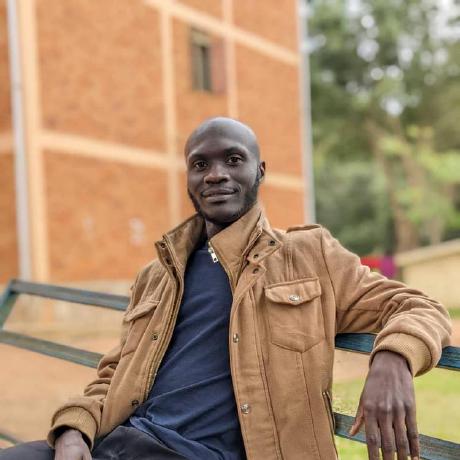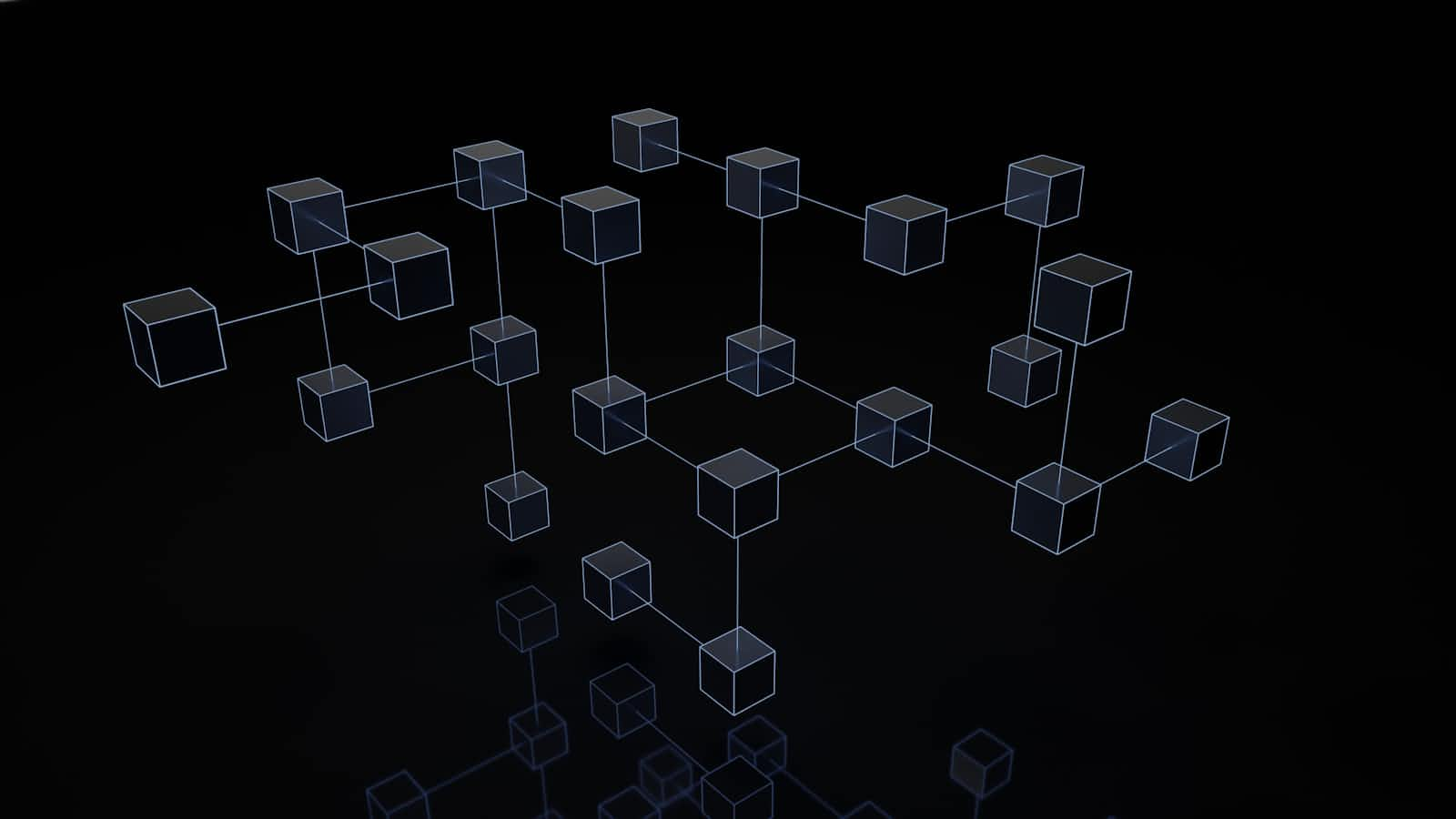Discovering Blockchain: Lessons from My First Conference
 Ayiko Andrew
Ayiko Andrew
Last week, I had the privilege of attending my first blockchain conference: the 'Building Onchain with Base Hackathon'. The experience was nothing short of transformative, filled with cutting-edge knowledge and invaluable insights from industry expert. The event exceeded my expectations in every way, from the quality of instruction to the networking opportunities. In this piece, I will take you on a journey through the world of blockchain, sharing what I learned during the conference and the fascinating discoveries I made in its aftermath. Join me as we explore the potential of this amazing technology.
Doing right things is infrastructural. ~ Patrick Collins
What is blockchain?
Blockchain is a compound word, so let's break it down to understand it better.
Block
Think of a block as a collection of data where each transaction is recorded. These blocks are linked together to form a chain, similar to an accounting ledger. Each time you spend money, you record every detail, how much you spent, what you bought, and you keep the receipts to prove it. Just like keeping your parents satisfied that you accounted for every penny, in blockchain, every transaction is recorded, verified, and stored securely in a block. Once verified, it becomes a permanent part of the chain, ensuring transparency and trust.
Chain
A chain refers to the structure where each block in a blockchain cryptographically references its parent. In simple terms, blocks are linked together. The data within a block cannot be changed without altering all subsequent blocks, a process that would require the consensus (agreement) of the entire network.
For example, imagine Box A (the parent) and Box B (the child). These boxes contain unique data that identifies them. Box B references Box A's ID to indicate their link. If someone attempts to alter the data in Box A, its ID would also change, breaking the connection with Box B, which still references the old ID. To restore this connection, every block following Box A would need to be changed. This is nearly impossible without the agreement of the entire network, ensuring that once data is added, it remains secure and tamper-proof.
Blockchain is essentially a network of computers. These computers must reach a consensus when a new block is added, and they are referred to as nodes. Nodes ensure that everyone interacting with the blockchain has the same data. To achieve this distributed agreement, blockchains utilize a consensus mechanism.
There are many types of consensus mechanisms, but we will focus on two. Different blockchains employ different mechanisms to reach consensus. Consensus is the agreement among all nodes regarding whether to allow and store the data.
Consensus can be broken down into two pieces
Chain selection algorithm. This determines how participants (nodes) in the network agree on the single valid chain (or history) of blocks when there may be multiple candidates. Examples include the "longest chain rule" in Proof of Work (PoW) or "heaviest chain rule" in Proof of Stake (PoS) protocols.
Sybil Resistance mechanism. This is the method used to prevent Sybil attacks, where a single entity creates multiple identities to influence the network. Different consensus mechanisms achieve Sybil resistance in various ways, such as requiring computational work in PoW or staking tokens in PoS.
Bitcoin uses a consensus algorithm called Nakamoto Consensus, which combines proof-of-work, Sybil resistance, and the longest chain rule for chain selection. Now, let's discuss the different consensus mechanisms.
Proof-of-Work (PoW)
In this mechanism, nodes (called miners) compete to solve complex mathematical problems. The first to solve the problem gets to add the next block to the chain, while the others must verify the solution. This process requires significant computational power, making it secure but energy-intensive. Blockchains that use Proof-of-Work include Bitcoin, Ethereum 1.0, Litecoin, and Dogecoin.
Proof-of-Stake (PoS)
Instead of solving complex problems, in PoS, validators are chosen to add new blocks based on the amount of cryptocurrency they hold and are willing to 'stake' as collateral. Validators are rewarded for adding valid blocks, and they risk losing their stake if they act maliciously. PoS is more energy-efficient than PoW. Blockchains that use Proof-of-Stake include Ethereum 2.0, Solana, Cardano, and Terra, among others.
L1s, L2s And Rollups
I know you haven’t seen this before, but don’t worry. I will explain everything and make it easy to understand. What is a Layer 1? Or what is a Layer 2? By the way, "L" stands for layer.
A Layer 1 is a blockchain in its purest form, meaning it works without any plugins. Examples of L1 are Bitcoin, Ethereum, Algorand, Solana and among others. Layer 2 refers to anything built on top of a Layer 1, a secondary framework or protocol that enhances the functionality of the layer 1. Examples of Layer 2s include Base, Optimism, ZKsync Era, among others.
Rollups
Rollups are a scaling solution that increases the number of transactions on the L1 chain without increasing the gas costs. Gas is a unit of computation measurement. The more expensive the computation is the more gas price you pay. There are two types of rollup and the difference between them is how the rollups check for validity whether it is fraudulent or not. The two types are Optimistic Rollups and Zero Knowledge (zk) Rollups.
Optimistic Rollups. Optimistic rollups assume transactions are legitimate by default. There is a time period known as the challenge period. Operators use fraud proof to verify correctness in the case of a dispute. This fraud proof involves a call and response game with another operator until they narrow down there dispute to a computation step. This computation step is then executed on the L1. Executing the computation step results in a different outcome. If the state of the blockchain is different then the challenging or disputing operator wins.
Zero Knowledge Rollups. A zero-knowledge rollup (zk-rollup) is a layer-2 scaling solution that moves computation and state off-chain into off-chain networks while storing transaction data on-chain on a layer-1 network (for example, Ethereum). State changes are computed off-chain and are then proven as valid on-chain using zero-knowledge proofs.
In exploring the fundamental elements of blockchain technology, from blocks and chains to consensus mechanisms like Proof-of-Work and Proof-of-Stake, we've only scratched the surface of this revolutionary field. The concepts of L1s, L2s, and rollups demonstrate the ongoing evolution and scaling efforts in the blockchain space, aimed at improving efficiency and expanding capabilities. As we conclude this overview, it's clear that blockchain technology continues to develop at a rapid pace, offering exciting possibilities for the future of decentralized systems.
Speaking of the future, I'm thrilled to announce that the next part of the 'Building Onchain with Base Hackathon' conference is scheduled for October. This upcoming event promises to explore even deeper blockchain innovations and practical applications. I'm eagerly looking forward to expanding my knowledge, networking with fellow enthusiasts, and gaining hands-on experience with the latest blockchain developments. Stay tuned for more insights and discoveries from this cutting-edge field.
Subscribe to my newsletter
Read articles from Ayiko Andrew directly inside your inbox. Subscribe to the newsletter, and don't miss out.
Written by

Ayiko Andrew
Ayiko Andrew
I am a developer from Uganda. Who wants to see real change in technology in my society. Working towards that goal.